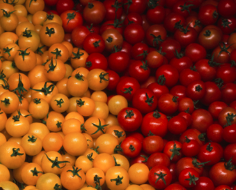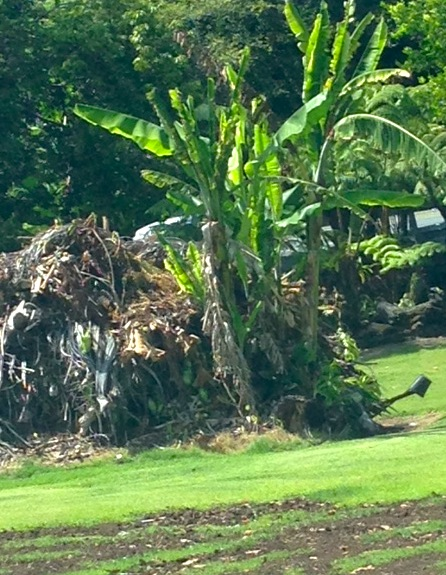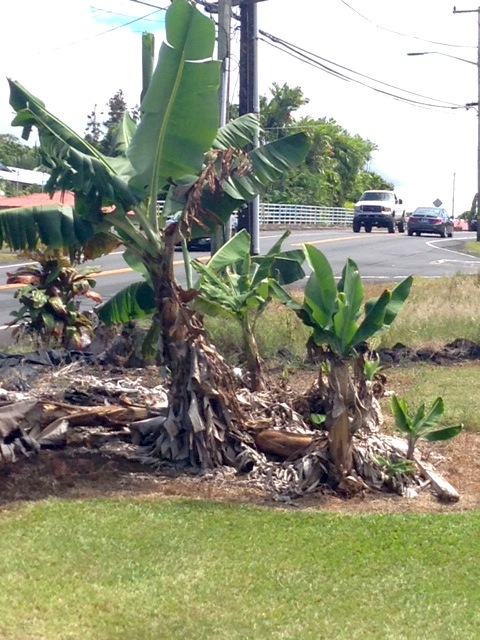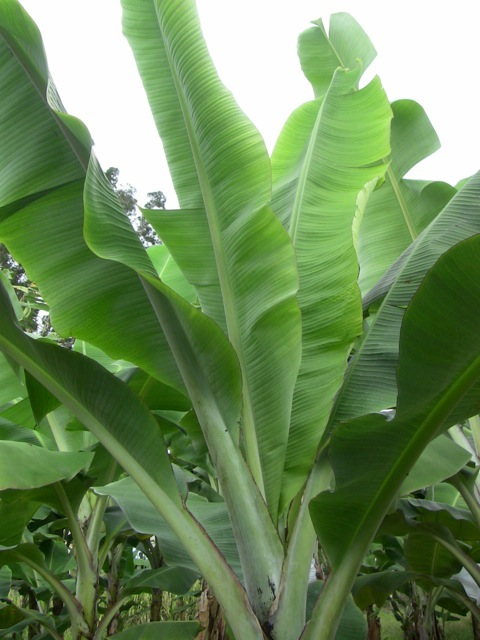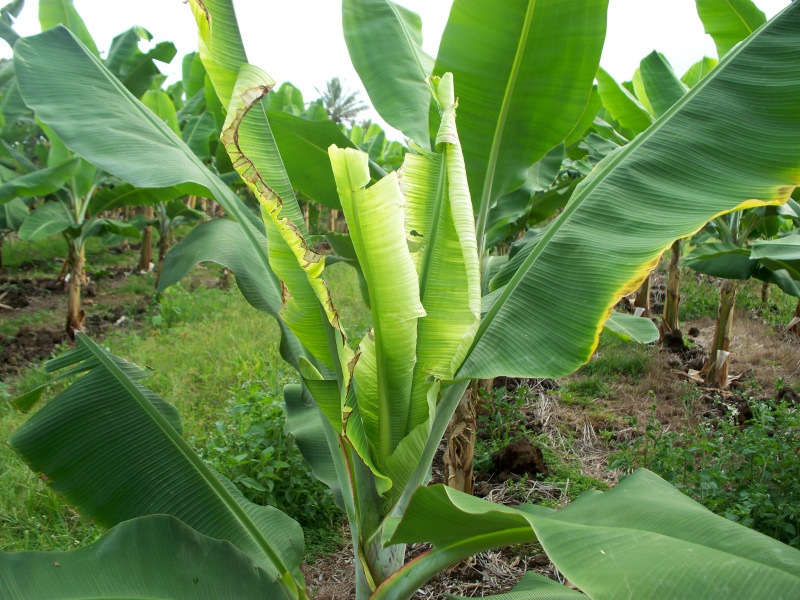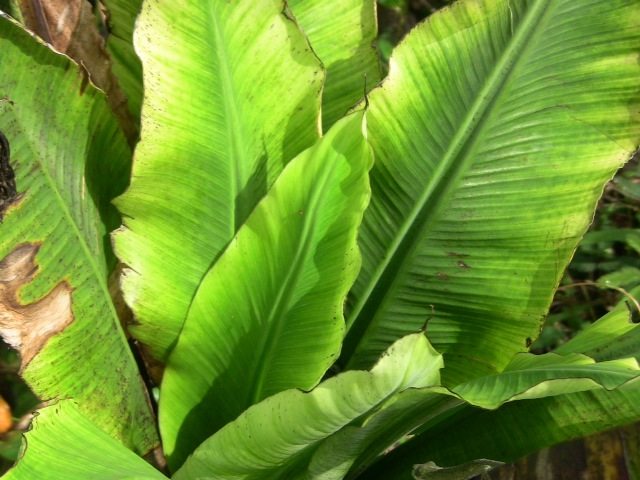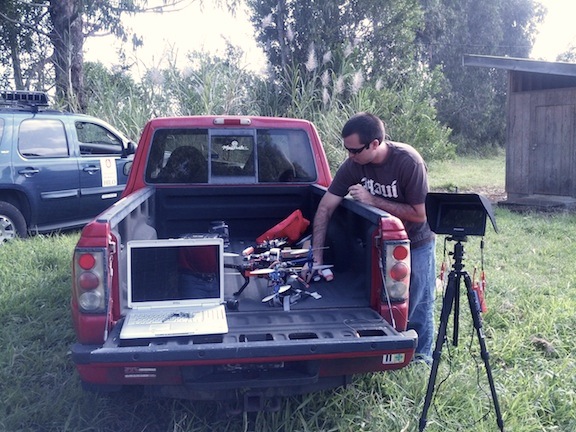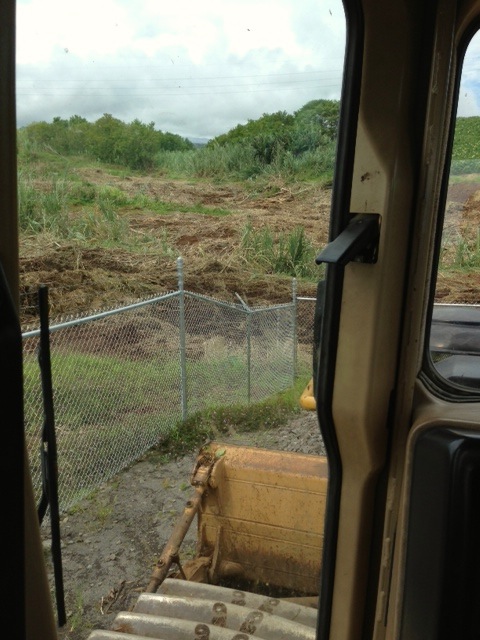Richard Ha writes:
I haven’t mentioned this yet, but we have been phasing out production of our tomatoes.
This came about because of what I’ve been saying here for years: The price of oil has raised farming costs substantially. The pluses of growing our hydroponic tomatoes were no longer exceeding the minuses.
When we started growing tomatoes back in 2002, we had been banana growers. Oil prices were low and banana prices were also low; it was hard to make a living that way. We needed to diversify, which is one of the reasons we went into tomatoes. It was a good decision.
But costs have been increasing drastically, and our tomato growing infrastructure is getting old and will start falling apart soon, so we had to make a decision. Do we take it apart and rebuild the tomato houses? Or do we replace them? Replacing them would cost an eye-opening three times what it cost 12 years ago when we put them up.
It’s a real-life consequence of what I keep saying here: The price of oil is four times higher than it was 10 years ago and there are significant consequences. Everything costs so much more now. We are in the middle of major changes and most people don’t even realize it.
We took into account that our customers are under increasing economic pressure, as well—meaning they have less disposable income—and that our tomatoes are a high-end product. We also knew, as we made this decision, that oil and other costs are expected to keep rising.
Our plan had always been to take our tomato farming to the next step, which would have been to leverage our excess hydroelectricity in a controlled environment that allowed us to exclude insects and optimize light and temperature. Unfortunately, it just took too long to get our hydro plant operating.
It’s been a very difficult decision, and one that we’ve been carefully considering and making for quite some time, taking not only all these conditions into account but also our next generation. As hard as it’s been to make this decision, we all agreed it was the right thing to do. It allows us to continue farming.
We’re definitely not closing up shop; just refocusing our farming efforts based on economic factors.
We will stay in bananas. They do well in our rain and deep soil and other conditions. The banana infrastructure we have in place, such as the coolers and concrete, is good for another 20 years. The pluses exceed the minuses.
I continue to be very interested in producing a cost-effective protein source here on the farm, such as tilapia and other fish. We are currently working on the problems of protein feed and oxygenation of water, which we can do with gravity and electricity. We’re always thinking about where we need to be in 10 or 20 years.
And I’ll let you know what other interesting projects crop up along the way.
In the meantime, you’ll see our Hamakua Springs Country Farms tomatoes until the end of November; that’s when the last of them will come off the vines, go through our packing houses, and hit the supermarkets.
We thank you for supporting, and enjoying, our tomatoes all these years.

